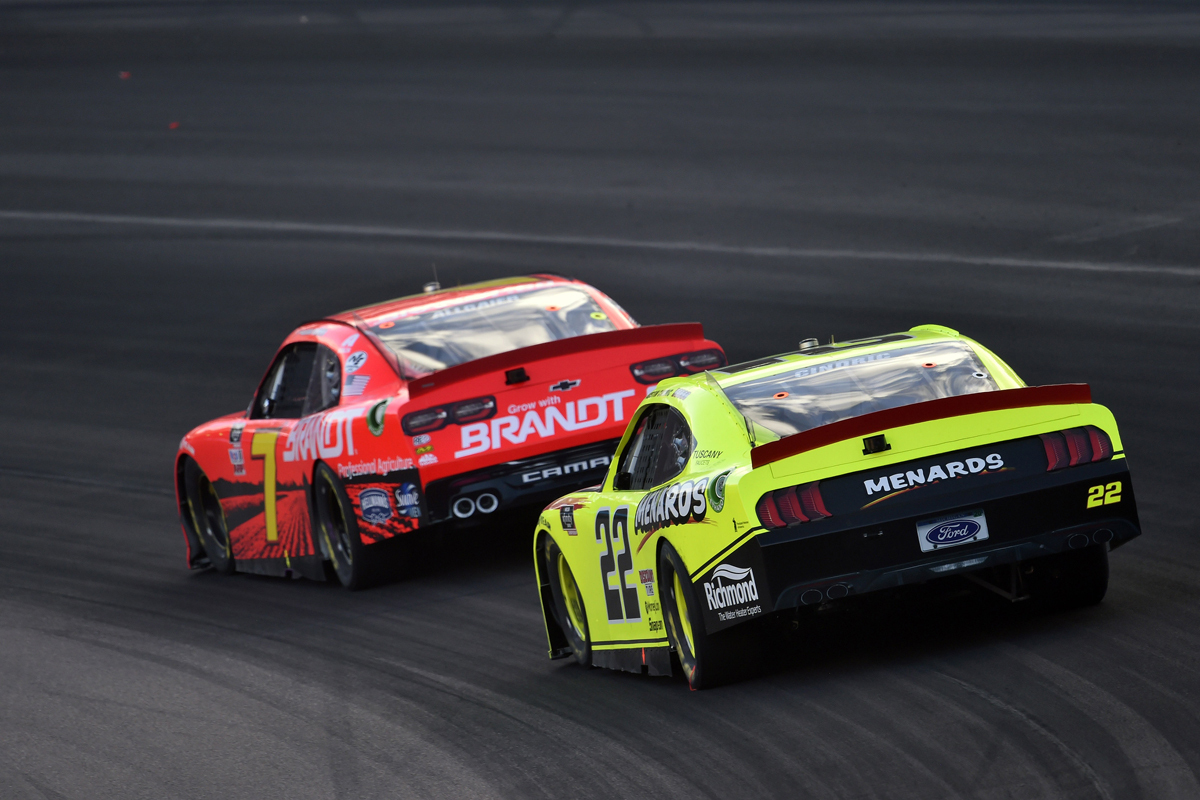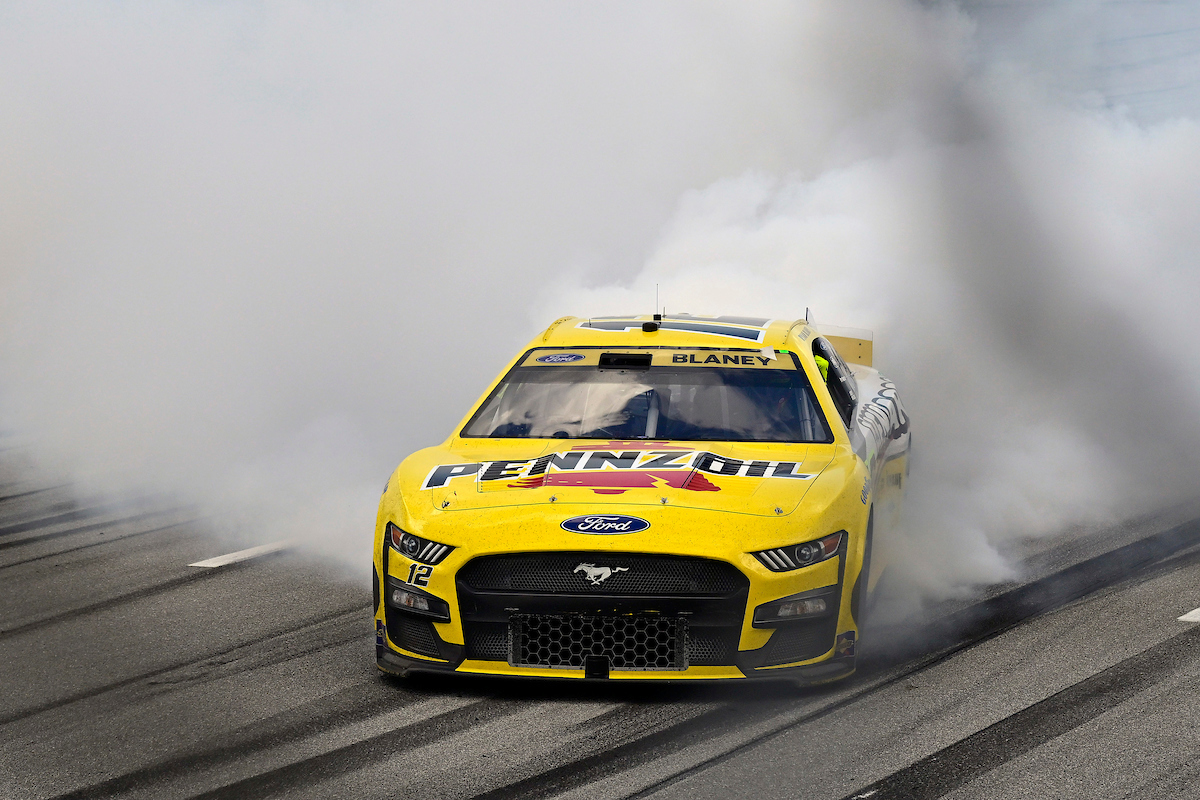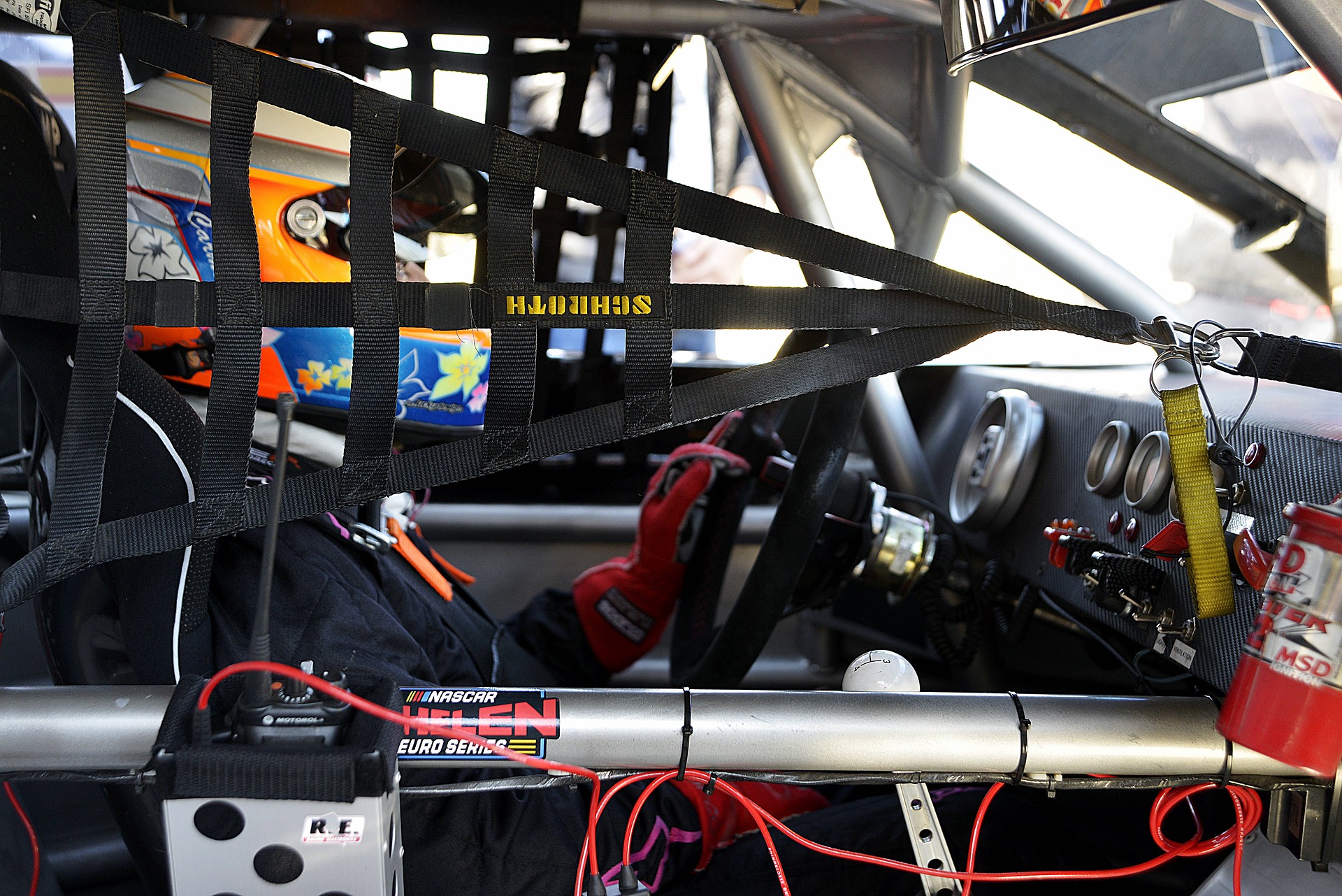3 interesting facts on how NASCAR telemetry works
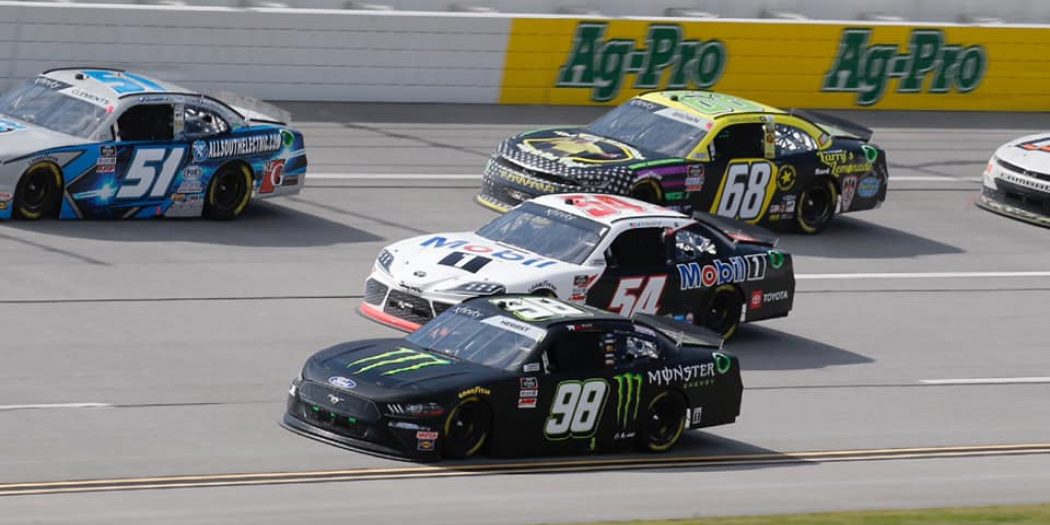
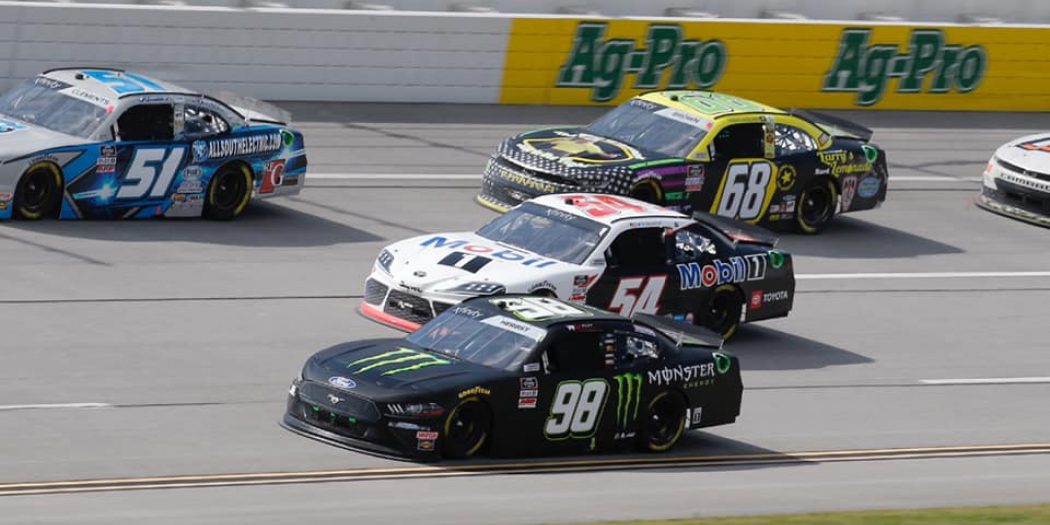
So, how does NASCAR telemetry work?
The way to win a race is to be faster than the rest of the field. To be the fastest one must drive well and have a car well-tuned to the racecourse. NASCAR racers have a way to make sure that their car is optimised for a particular racecourse. They use telemetry to study the performance of the car on the racecourse. Various probes and sensors spread all over the car, even in a driver’s suit, help the driver and the team study and optimise the performance of the car.
Telemetry helps the race team, the automobile engineers and the OEMs study the conditions of the various parts of the car while racing. Various parameters of the car are studied in real-time and charts are prepared. It helps the engineers optimise the performance of the car for that course. The data also helps the OEMs improve their products for future use.
Table of Contents
What is telemetry in NASCAR?
Telemetry is the remote collection of data and statistics. NASCAR race teams use radio waves to collect the data and store it in data banks. The data includes various parameters and measurements taken with probes, sensors and transducers. Driver inputs are also recorded. Data is transmitted on a real-time basis and is later analysed with the driver inputs at the moment. It is used to use to produce performance charts and optimise the car performance for racing on that particular track.
NASCAR cars have computers on board that collect and transmit the data through wireless radio. When the car is on a test run, the race team analyse this data and spot any potential problems that may arise. They then communicated with the driver and advise him to take the necessary action or precautions to avoid the problem. The data is again studied after the test run and the flaw is eliminated as far as possible. An eye will be kept on the data when the car is on the next test run to see if the problem reappears.
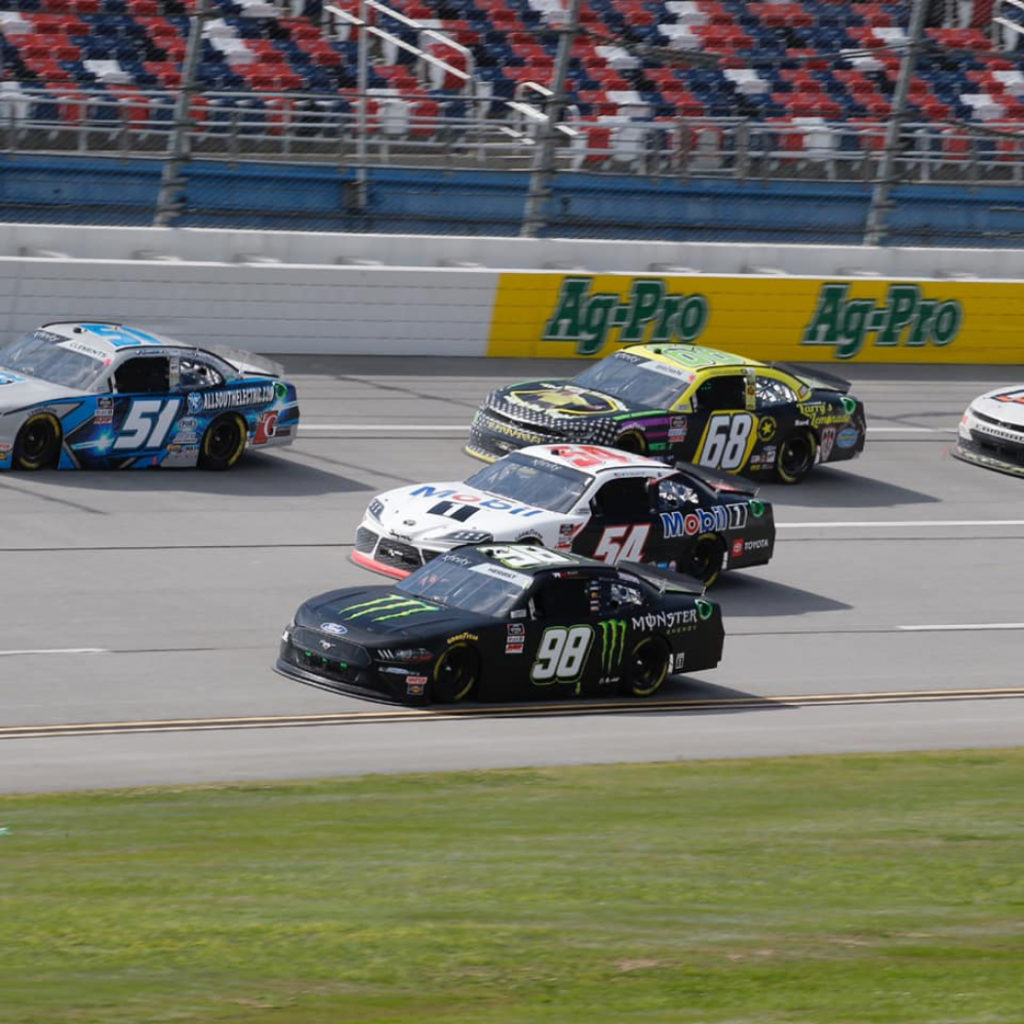
Race teams are allowed the use of telemetrically transmitted data only on test runs. They are not allowed to use telemetry during NASCAR races. That is because NASCAR places great importance on human judgement. When racing, a driver has to only use his judgement of the rack and the car. He can always talk to the auto engineers and his race team using analogue communication. The race team will recommend the action to be taken and the driver will act accordingly.
Race cars do run telemetry when racing. But this data is stored in the NASCAR computers and race teams are not allowed access to it. The data collected during the race is made available to the teams 24 hours after the event. The data collected when racing also goes to the television production crew. The crews then analyse the data and generate graphs, charts and graphics. These graphs and graphics are used to update spectators watching from home. This data greatly enhances the quality of the live broadcast of races.
The television crew also collects data from the track when the race is in progress. At least eight cameras and sensors are placed around the circuit to monitor the cars. These cameras and sensors collect data once every five seconds. This helps the television crews give up to date information to the viewers during the race. Viewers sitting at home can know the exact distance between any two racing cars and the speed of each car at the moment.
How does NASCAR telemetry work?
A NASCAR car has a computer on board which is called the Pi System. This system collects data like the engine temperature, speed. RPM, brake position, cabin temperature, location and many other parameters. The Pi System is akin to an aeroplane black box. In a NASCAR car, there are two black boxes placed on the floor of the car and well protected. The back boxes store all the data and transmits it to the NASCAR and the race team computers.
Sensors are placed all over the car for measuring the various parameters. Every possible parameter is monitored by the sensors and sent via transducers to the black boxes. The data is transmitted to the NASCAR and race team computer via an antenna mounted on the car.
How do teams test the cars using telemetry?
NASCAR race teams test a car on every race track in the days prior to the race. NASCAR allows the teams five two day tests and five one day tests. In this limited time, the teams have to gather all the information required to get the car in the optimum racing condition for that track. The driver also gets a feel of the car on the track when testing and will give his inputs to the racing team.
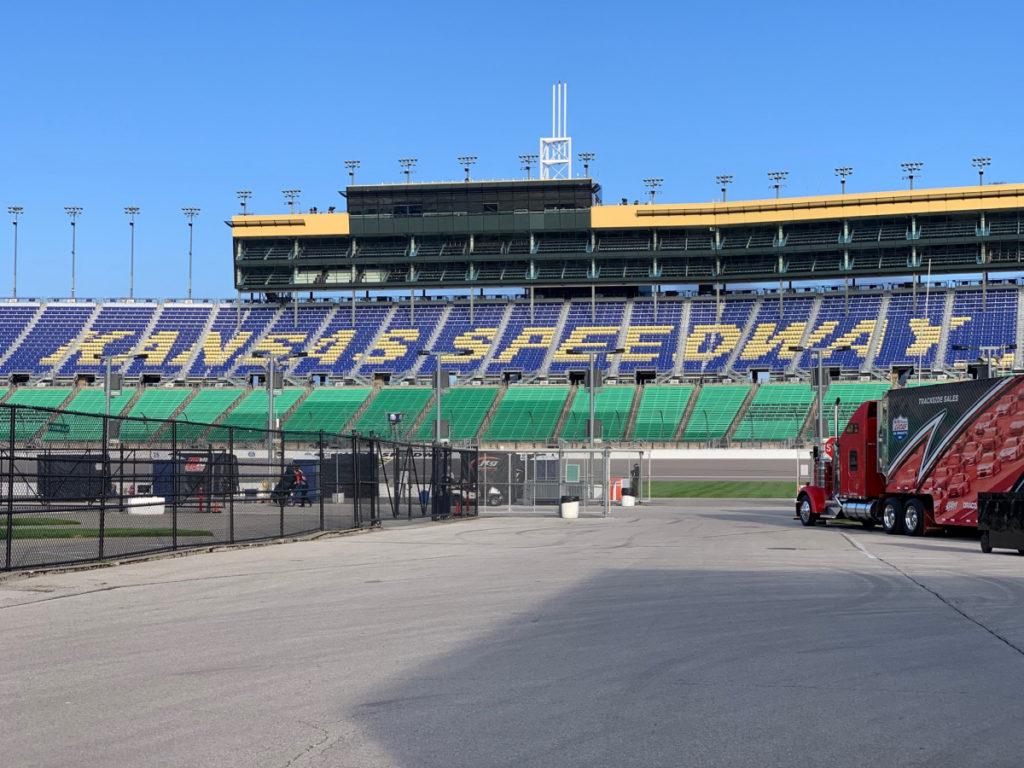
A racing team might install as many as 60 or more sensors to gather the necessary information. The team might want to check the performance of the shocks and the throttle. Throttle inputs are measured at various speeds and times. The temperature and pressure of the tyres are monitored. Airflow around the car is measured to optimise the downforce and the drag. The frame’s distance from the ground is measured using laser altimeters. Actuators and valves monitor the performance of the suspension parts.
The car antenna can transmit the data to the team computer in real-time. The data is also stored in the black boxes from which the team can access data. The team’s engineers and automotive technicians study and analyse the data. The team also gathers information about the condition of the track and its peculiarities. This data is compared with the wind tunnel data about the car’s wind resistance. This helps the team to get the car race-ready.
Why does NASCAR not allow telemetry during races?
All telemetry testing of the car has to be done before the race day. Teams are allowed five two day tests and five one day tests. They have to put things in order with the data gathered from those tests. NASCAR strictly forbids teams from using telemetry during races. Cars do carry telemetric equipment and transmit data. But that is strictly for NASCAR officials and the television crews. This data helps to keep the television audience well informed.
This is because NASCAR believes that decisions during the race should be taken by a human, the driver, and not by a computer. The driver might have a team of technicians backing him, but it is the driver who is testing his skills against the competitors and the elements. This takes the quality of the car partially out of the equation and evens the playing field. The driver is allowed to communicate with his team using analogue technology.
Banning telemetry during racing also keeps the cost of the teams down. Formula 1 allows telemetry both before and during the race. But Formula 1 teams spend hundreds of millions of dollars on a car per season. Compared to that the cost of a NASCAR car is in the region of 20-25 million. NASCAR fans also support the policy of not allowing teams to allow telemetry during a race. The human factor makes a race more interesting and appealing.
To prevent Teams from using telemetry during a race, as many as eight NASCAR officials may inspect a car before a race. They look for hidden sensors or transmitting equipment that might help the driver transmit to his team. This makes sure that teams don’t cross the line.
Conclusion
Telemetry, along with wind tunnel testing, forms an important part of preparing the driver and the car to race on a particular track. Tunnel testing is done before the car starts competing and gives the crew an idea of the wind flow around the car. It helps them determine the downforce and the drag that the car experiences in race conditions. Other than that the team has to rely on the driver’s input on the performance of the car when racing on a particular track. To get the actual behaviour of the car under race conditions including the weather, the teams need telemetric testing.
Telemetric testing gives the crew a chance to analyse the car’s performance under race conditions before the event. The driver gets a feel of the car and the track and gives input to the crew to make necessary adjustments to the car. It also gives the crew the opportunity to monitor the performance of the car and optimise the performance for the race. The OEMs also understand the teams’ and the drivers’ difficulties when racing on a particular track. This allows them to manufacture better components in the future. All this goes towards having a good and competitive race.
You may also be interested in 5 important things that define how NASCAR suspension works.
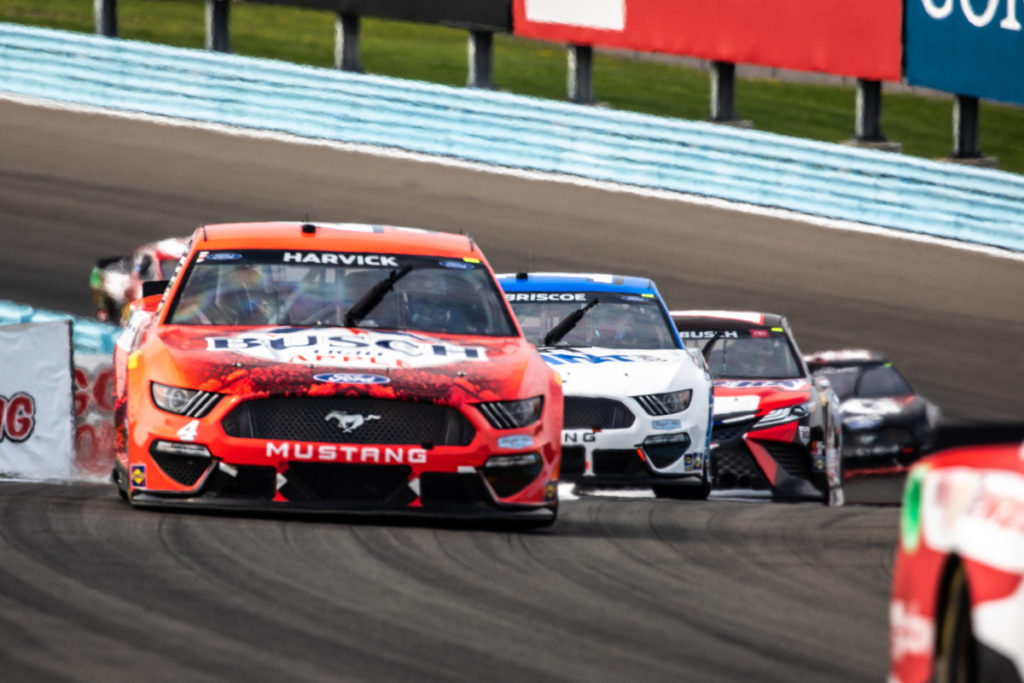
For more racing action, visist F1 Chronicle.






